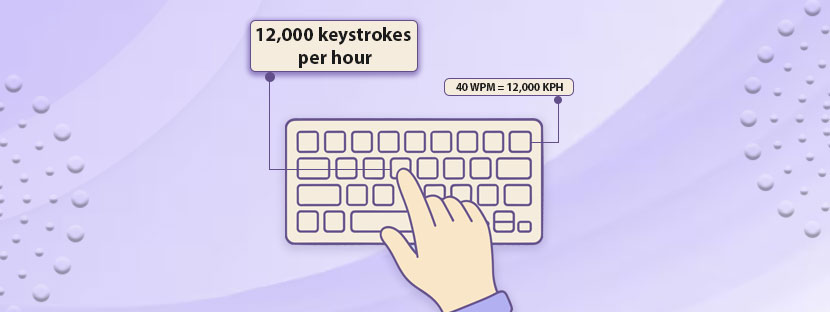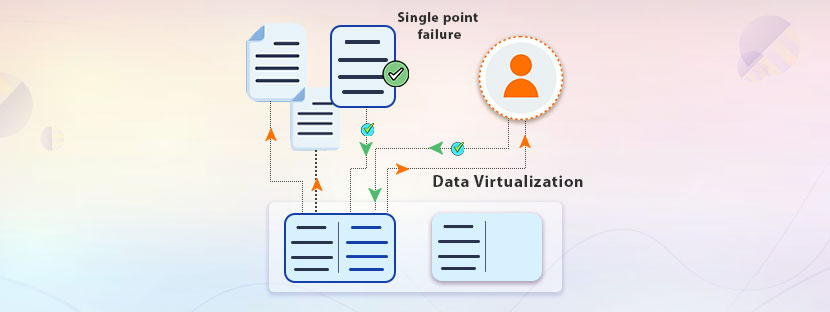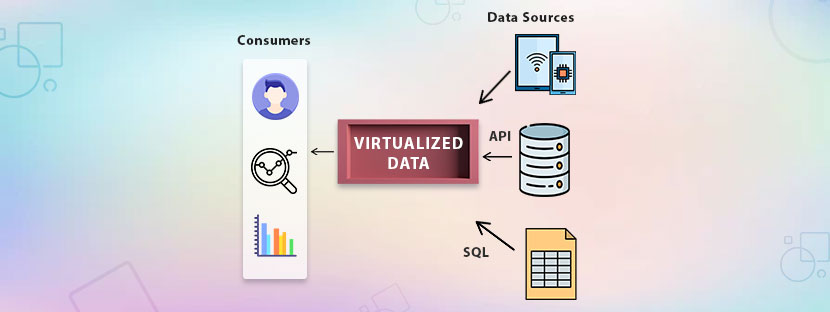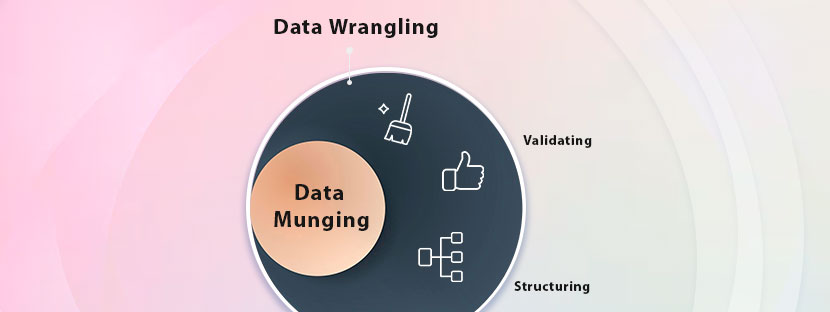Does keystroke matter in 2025?
Well, it’s really important for data entry clerks. keystroke per hour average determines their capability to handle large sums of data. Plus, it determines their remuneration and worth, of course.
Digitization and AI tools are taking up the traditional roles, but the role of skilled data entry clerks with good keystroke per hour is still relevant. Even the requirement of data entry professionals with speed typing skills has increased over time.
Let’s talk about the overall data entry roles with a special highlight on keystroke calculation in this blog. We’ll check how to determine keystroke and also get to understand how to increase the keystroke speed with practice. Plus, we also understand the roles and responsibilities of data entry clerks here in detail.
Get it started!
What is a keystroke per hour?
Keystroke is a metric that measures typing speed or, specifically, the number of keys a person can press in an hour. Obviously, the person will enter error-free and bias-free data to the system in this keystroke calculation metrics. Any kind of mistake that happened in keystroke calculation will not come in the front.
Professionals who earn more than $100,000 are spending more than 87% of the workweek on typing. However, on a comparison, professionals who earn less than, rather low income groups spend less time on typing. Well, it’s just statistics that show the role of typing in the professional field. Plus, it also shows that if you want to earn more, you need to type more and faster.
Why it matters
Measuring keystrokes matters. Because words per minutes (WPM) doesn’t work when it comes to adding codes and any other tasks that demand frequent typing. Therefore, keystrokes come as a handy solution for measuring individual keystrokes rather than checking the number of words entered per hour or minute.
Why Measuring Keystroke Is Important
Measuring keystrokes is a standardized practice to check the typing proficiency of data entry professionals. The number of keystrokes determines the level of efficiency of a data entry operator. KPH (Keystroke per hour) is much more efficient than WPM (Words per hour) for measuring data entry operators’ skills.
Measuring KPH is important when it comes to working with numerical data. For example, if someone types 12,000 keystrokes in an hour, then the person’s KPH is 12,000. If we compare KPH with WPM, then 40 WPM is equal to 12,000 KPH (as per industry standards).
How to determine keystrokes per hour

The best way to measure keystroke per hour is to get help from any free online tool. Many tools available online can help you assess your skill on keystrokes without any charges. On average, data entry tasks need at least 40-45 WPM. This is equal to 12,000 to 14,000 KPH.
To elaborate further, the average word count may increase up to 90 WPM in job roles such as typists, legal secretaries, transcriptionists, etc. Therefore, the average keystrokes can increase in these job roles up to 28,000 to 30,000 KPH depending on the quantity and urgency of the work.
Hey but there is a better way to determine KPH with the help of WPM.
So first, you need to open MS Word and have a blank page in front of you. Now, you need to type words on this blank page and measure the time. You can take any document online or offline for reference to type data from it.
Suppose you have written 40 words in a minute. To determine your keystroke per hour using your WPM, you need to apply a simple formula here;
Keystroke Per Hour (KPH) = Words per Minute (WPM) X 5 X 60
Here, you have typed 40 WPM, so your KPH would be 12,000 [40*5*60]
This is the best way to determine the KPH using WPM without using any fancy tools. But one thing you must remember here is to consider your entire work capacity. Only trying for a minute and then deciding your capacity to do 12,000 keystrokes is not worthy. If you struggle to type this much fast, check out our tips for that.
Tips to increase your typing speed (you can advise your team)
Before getting the tips, here’s an important list you need to consider.
Depending on the job role, the WPM that the job demands is
Office Workers – 60 WPM
Transcriptor – 70 WPM
Data entry clerks – 90 WPM
Software developers – 70 WPM
Setting a benchmark is always important to know exactly where to aim. If you’re going to train your data entry clerks on fast typing, then these facts can help you.
Back into the tips, here are the most efficient and practical tips that you can follow to increase your KPH limits.
Check your hand position
Try watching some videos (on Youtube) to check the right way of placing your hands on the keyboard. The idea here is to place your hand in the right position so you can reach every corner of the keyboard.
Place your fingers in the home row first. This means you need to put your left hand on the A, S, D, F groups and the right hand on the J, K, L, ; groups. This will help you to reach the entire keyboard without stretching.
- Don’t look at your hands while you type. At first, you may make some mistakes, but gradually your accuracy will be improved. Practice memorizing the position of keys so you don’t have to look frequently while typing.
- A comfortable position is the best if you want to increase your keystroke efficiency. It simply means you need to sit comfortably first and then place your hands in a comfortable position to type fast.
Lastly, do not forget to practice continuously until you reach your desired goal. Train your muscle memory to work fast under different circumstances. Once you get that, you can easily hit your goals and achieve success.











